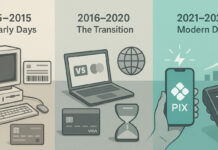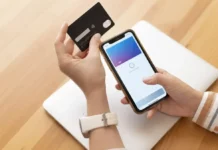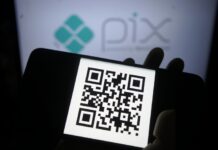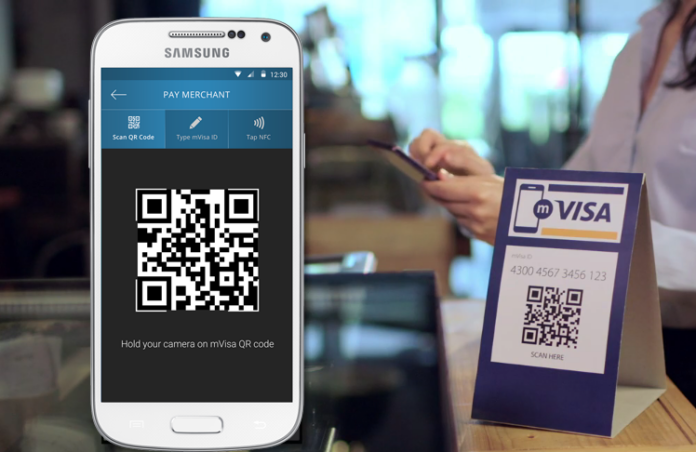In my previous post, I explained how Pix (soon to be released) could affect boletos in Brazil; however, I had not published any preliminary information on what it is nor how it will work. This is the reason I am here; to make amendments and add a little more context to the whole “Has potential to end boleto transactions” post that I released three weeks ago.
Although the banking and payment industries are betting that Pix will “shake” the market because it will be faster and simpler to use, it will cater to the banked population only, making it different than BOLETOS, which allows B2B and B2C cash payments.
What is Pix?
Pix is an instant payment and transfer system, meaning that the transactions will happen in real-time. Its big differentiator is its agility.
With Pix, Brazilians will be able to transfer funds between bank accounts in seconds, independent of their banks, every day of the year, and it will work 24 hours a day. The reason everyone is excited is that in Brazil, bank transfers can only happen during banking hours, which are between 10 am and 4 pm, Mondays to Fridays, excluding holidays. If you are in Brazil and someone owes you money, be sure to remind them before 4 pm.
How will Pix work?
Pix can be used by anyone with a checking account, savings account, any payment institution, or fintech (Hello! We fit here).
To use Pix, users will have to access their banking app and register a keyby entering a cell phone number, e-mail address, or their CPF/CNPJ. By doing this, banks will tie the account number and branch information to their key.
Paying with a QR code
Besides the traditional payment methods, Pix will rely on QR codes to make transactions faster and more seamless. As soon as the code is generated, it can be read by any smartphone.
There will be two types of QR codes: dynamic and static.
Static QR code will work for multiple transactions. Individuals or companies can pre-define an amount to be paid or leave the amount field blank so the paying person can fill it out. This type of QR Code is intended for small retailers, service providers, or transactions between family and friends when sharing a restaurant bill, for example.
Dynamic QR code is exclusive to each transaction. That is, it can only be used once because the person who will receive the payment through it defines the information regarding who will pay, the due date, and other information usually associated with a boleto. In addition, this QR code facilitates reconciliation for companies.
The main benefits
For payers – Speed, safety and low cost.
For Payees – Low cost of acceptance, instant payment confirmation, faster settlement terms, easy automation and reconciliation.












